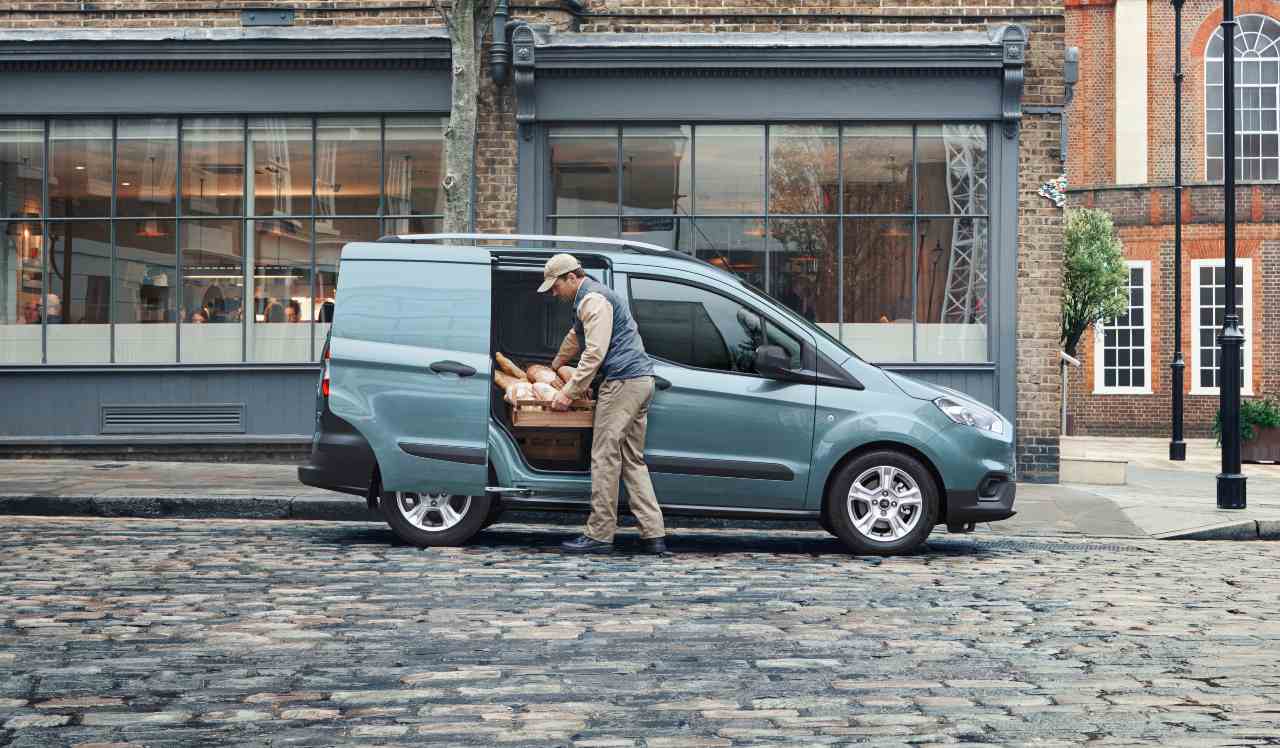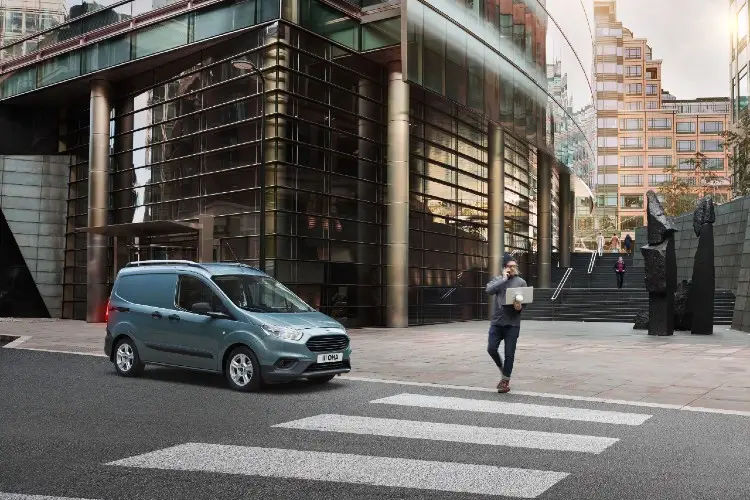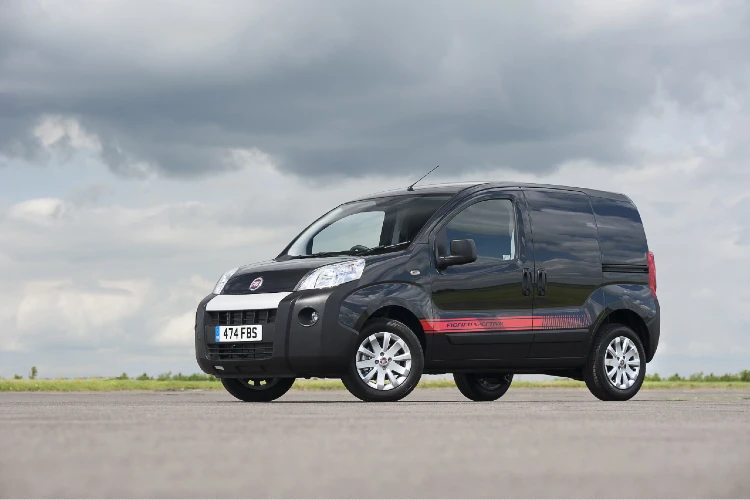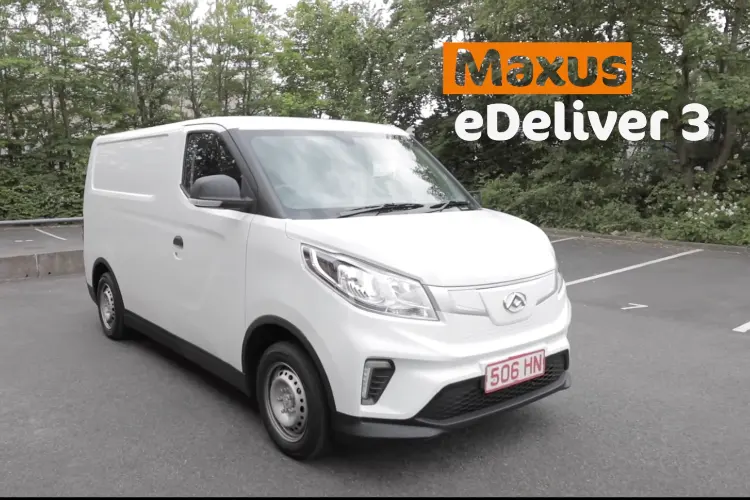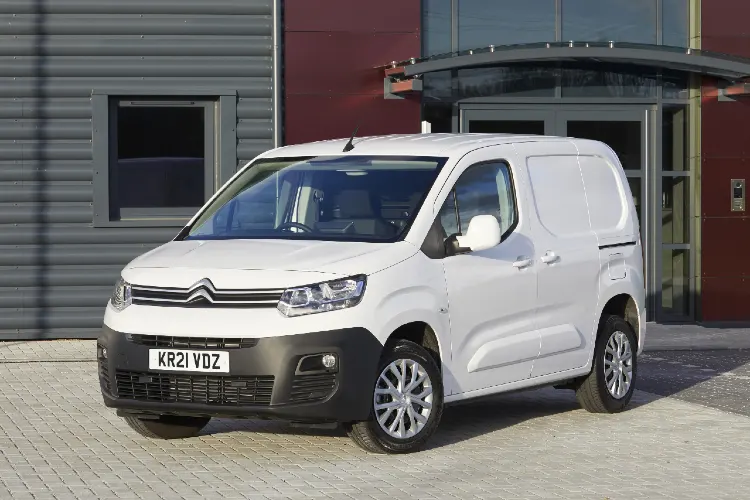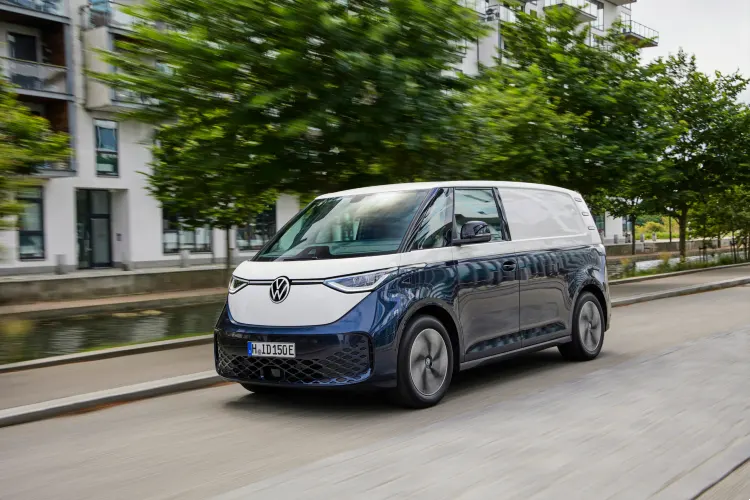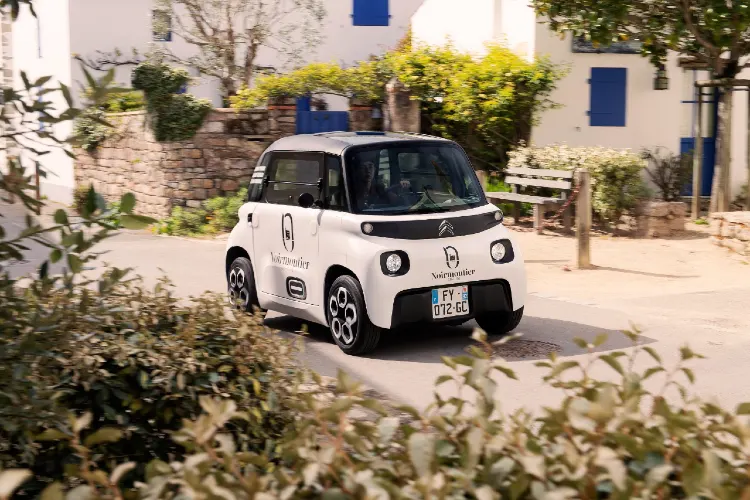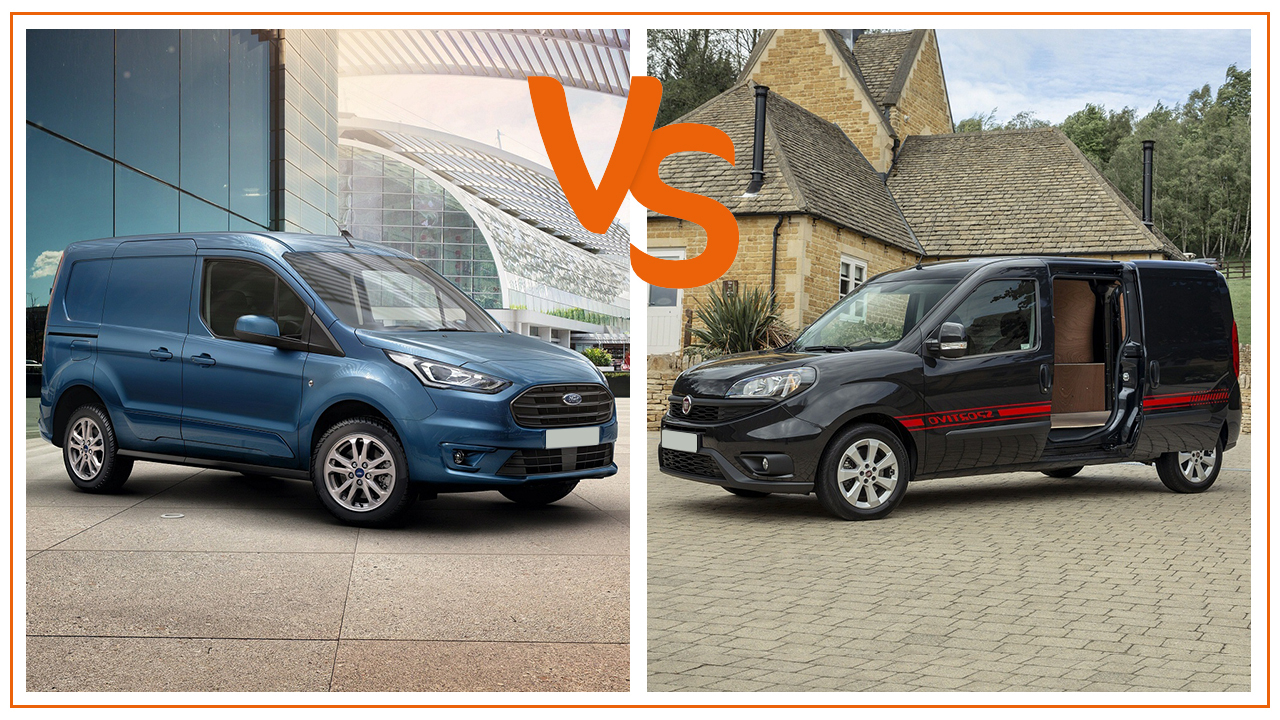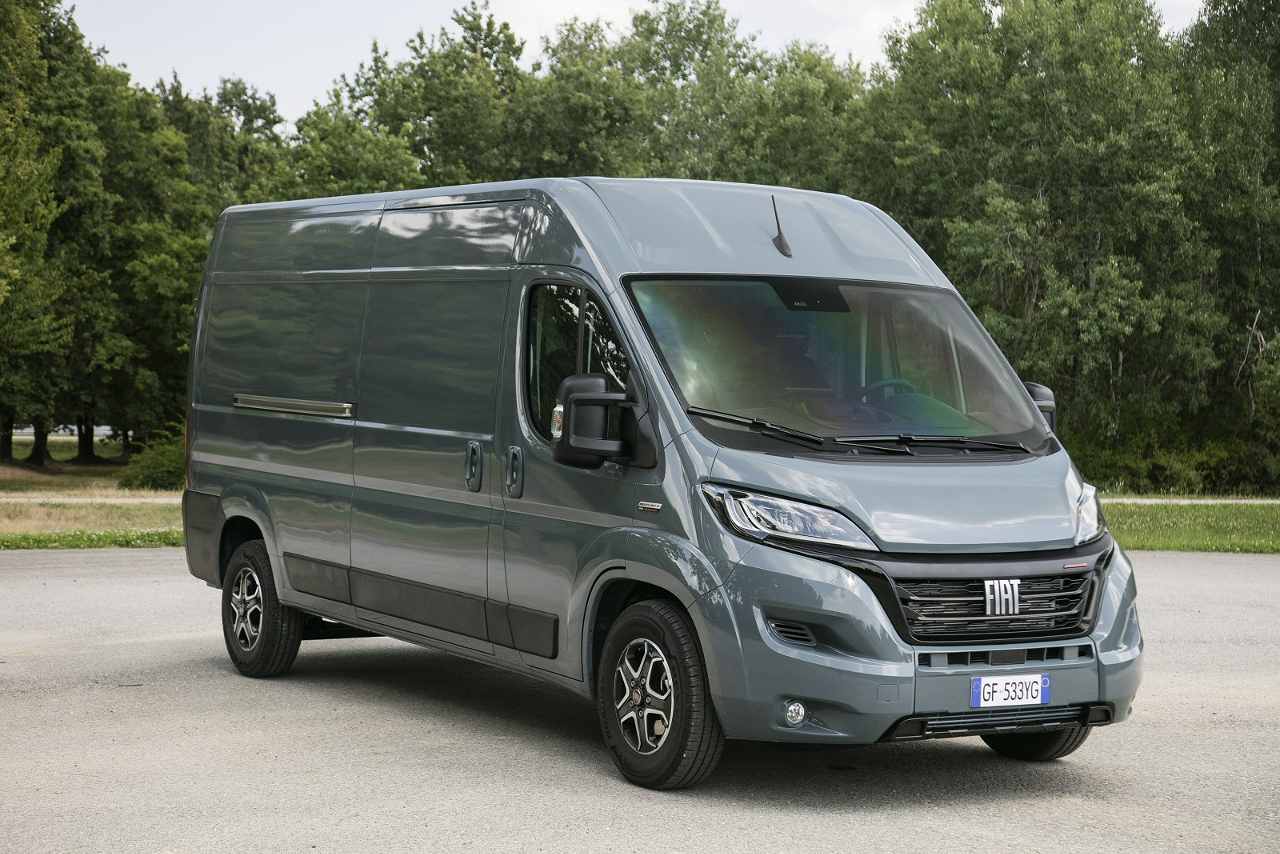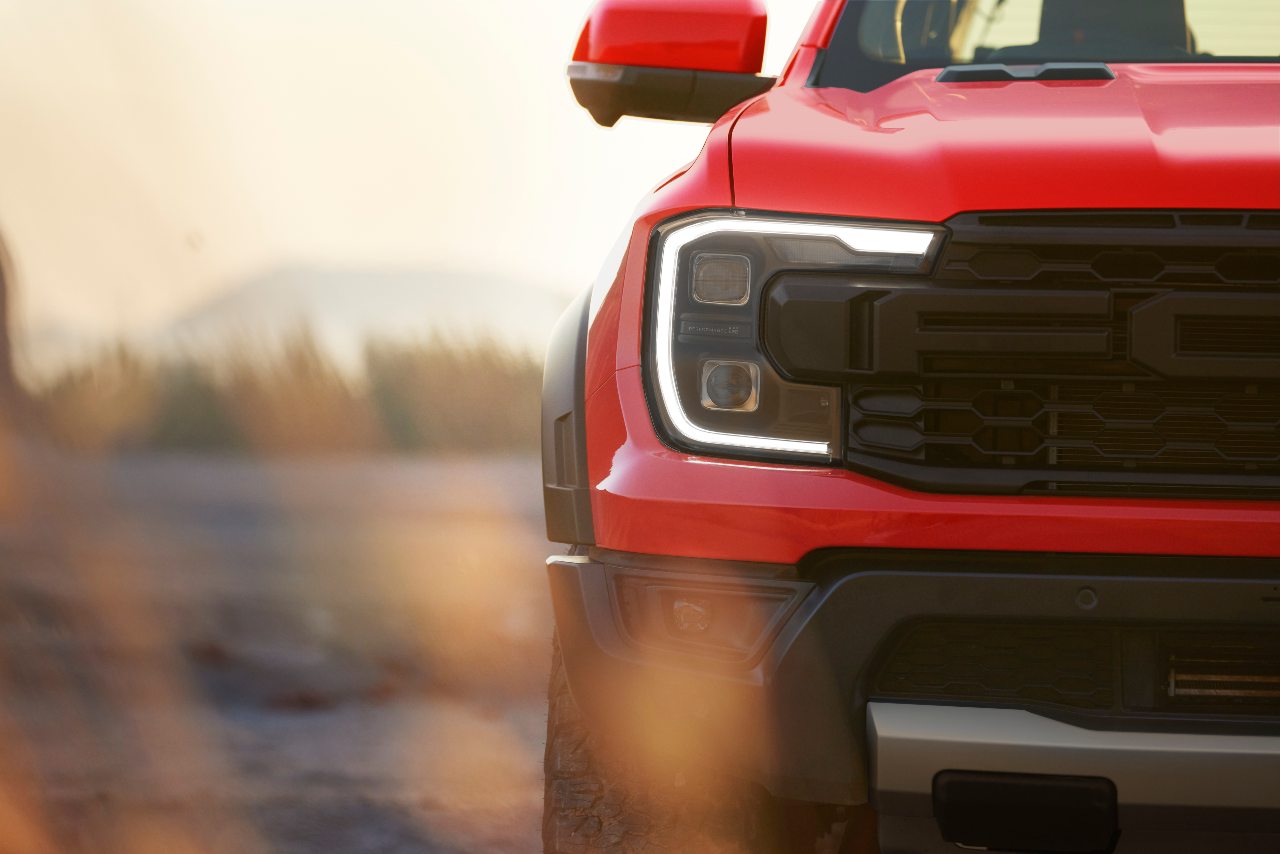By Tom Roberts Date Published 4/12/20 - Date Updated 12/7/23
LCVs range in size from small vans to large, which makes it pretty simple to shop for one - but there’s one category of van that is growing: city vans. As urban environments grow and ultra-low emission zones expand, the need for vehicles that can travel through them efficiently and safely is critical. Vanarama Van Expert Tom Roberts takes a closer look at the best city vans on offer.
What Is A City Van?
The name ‘city van’ can apply equally to a car-derived or small panel van. It needs to have a small footprint (its overall size) and accommodate a modest load that is easy to access, especially when the van is parked on yellow lines. Users would expect a city van to be economical and (considering the increasing number of ultra-low emission zones in our towns and cities) possibly a hybrid or fully-electric van.
The kinds of users who would need a city van are generally low-weight item carriers. Take, for example, a courier that might need to take documents from one office to another across the city, or a florist that might be asked to deliver a surprise bouquet to a shop worker in a busy retail area. Those users would benefit from a city van. Low-weight trades like electricians or decorators would also feel right at home in a city van - especially on pricing runs or emergency call-outs.
The number of City vans on the market has reduced in recent years. The Peugeot Bipper, Citroen Nemo, Ford Fiesta Van and Vauxhall Corsavan are all (sadly) no more - but as you’ll see, there are still some excellent solutions out there for those who need a city van.
What Are The Best City Vans?
Ford Transit Courier
If you want a city van that has the blue oval badge on the front then the Ford Transit Courier is the one you want. With its overall length of just 4157mm, it’s one of the shortest vans you can buy today, but because it's a proper van and not derived from a car it still retains a useful load length of 1620mm at floor level, helping to offer a useful load volume of 2.3 cubic metres.
Payload probably isn’t that important to most city van users, but I’ll include it for comparison purposes - in this Ford van, you can carry up to 582kg. Twin rear doors are standard, but you can order the Courier with the optional tailgate and side loading doors, if you want to. There’s no electric option, but you’ve a choice of petrol or diesel engines offering fuel consumption figures as low as 57.6mpg in the official combined cycle.
Fiat Fiorino
If I had to name a typical city van right off the top of my head, I’d probably shout out the Fiat Fiorino. It’s a close relative of the discontinued Citroen Nemo and Peugeot Bipper, and I still can't quite understand the decision to stop marketing them. The overall length of 3957mm means that you can park it in the tightest spots, but there's still a load length of 1523mm to play with, increasing to 2491mm when you fold down the passenger seat. The load volume is 2.5 cubic metres, and payload a handy 535kg. All but the base Fiorino gets a side loading door as standard - couple that with the twin rear doors and you have excellent access to the load.
This van looks the part too - it’s smart on the outside and the cab is designed with the city van driver in mind, offering great visibility for when you’re performing those tight manoeuvres. There’s a choice of two diesel engines and, if you can match the official Combined cycle, you’ll achieve 54.3mpg.
Maxus eDeliver 3
Although the Maxus eDeliver 3 might be a bit bigger than the city vans we’ve looked at so far, it’s worthy of serious consideration if you need to carry a little more in the loadspace, but still want the benefits that a small van can offer to those working in towns and cities. It’s also fully-electric - designed from the ground up as an EV - which might cause a few of you to raise your eyebrows with interest.
Let’s look at the all-important dimensions first. That overall length of 4555mm is bigger than some city vans, but this provides the benefit of a useful 2180mm load length. The van’s loadspace is also a lot taller than other smaller vans providing a load volume of 4.8 cubic metres and payloads of up to 905kg.
Being fully electric, you’ll output zero emissions in the eDeliver3, and with a range of up to 151 miles between charges, the chances are you’ll be able to go a day or two before needing to plug in again at home or work. The Maxus has been designed with the city driver in mind, offering equipment such as a reverse camera and rear parking sensors at the standard trim level.
Renault Zoe Van
The Renault Zoe Van is one of the very last car-derived vans on the market today. It’s essentially the popular Zoe car with the rear seats removed and the rear side windows blanked out so that it qualifies as a van for taxation purposes. The loadspace has been prepared for carrying goods and not left unfinished. This little van is just 4087mm long and you’ll be able to slide in a load of up to 1205mm in length. Perhaps unsurprisingly, the payload isn’t huge, but if your loads are going to weigh under 387kg, you’ll be fine. But for me, the Zoe has 2 huge strengths: its size and range.
Firstly, its size. If a parking spot is too small for the Zoe, it’s probably too small for almost any vehicle. If you’re needing to do multiple stops or drops in an inner city, the Zoe will keep your frustrations to the absolute minimum - it’s incredibly easy to drive.
Secondly, the range. Although the official combined cycle range between charges is up to 245 miles, Renault has stated that in real-world conditions, the van should still achieve 150 miles in winter. And, considering I actually drive a Renault Zoe car as my main vehicle, I can vouch for the range - I drove it 210 miles from Hemel Hempstead to South Wales without needing to charge it! Food for thought, indeed.
Citroen Berlingo / Peugeot Partner / Fiat Doblo Cargo / Vauxhall Combo / Toyota Proace City
All of the vans listed here share the Stellantis small van platform, and as such are very similar vehicles. They’re all a little larger than some other city vans, but earns its place in this list due to its popularity with urban van operators. That’s largely thanks to its excellent combination of size, payload capacity and choice of power units including a fully-electric powertrain..
Externally, the L1 short wheelbase version that we’ll concentrate on here is 4403mm long, which allows for a loadspace measuring 1817mm at floor level and a load volume of 3.3 cubic metres. Where this van really scores its points is when it comes to payload. The different brands state figures that don’t match each other due to trim differences, but taking the Vauxhall as an example, the diesel-powered vans will carry around 1000kg. If your particular operation sees you working in cities, carrying weight rather than volume, this could well be the city van for you.
The 1.5-litre diesel engines can return (officially) up to 51.4mpg on the combined cycle, and if you decide that you need an all-electric solution, the award-winning battery-powered versions of these vans can offer up to 175 miles between charges and still carry around 800kg.
Other City Van Contenders
Volkswagen ID Buzz Cargo
The snazzy-looking Volkswagen ID Buzz Cargo combines retro looks with a futuristic vibe - and if you’re an artisan business working in the city it might just be the image-boosting van that you’re looking for. A quick rundown of stats: it’s 4712mm long on the outside, it has a load length of 2208mm, a load volume of 3.9 cubic metres and a payload of around 607kg.
This van is fully-electric, and boasts one of the longest ranges between charges of any electric van on the market at 256 miles (according to the official combined test cycle). If you want a slightly larger city van that looks fabulous and is able to avoid public electric chargepoints over a couple days of typical use, this could be the van for you.
Citroen Ami Cargo
Now, if you really want to turn heads while you're driving around the city, you could do a lot worse than get yourself behind the wheel of a Citroen Ami Cargo. This tiny little Citroen van (it’s technically classed as a quadricycle) is a single-seat electric vehicle, with a loadspace located next to the driver where the passenger would normally sit. Its tiny 8hp electric motor gives the Ami Cargo a top speed of 28mph and a range of 46 miles, and the 0.4 cubic metre loadspace accommodates the maximum payload of 95kg. It is tiny though, with an overall length of just 2410mm.
City Vans Compared
If all this looks a bit confusing, I’ve put together a little comparison table. There are no winners or losers overall, each of these City vans has something to offer.
|
City Van |
External length |
Load length (floor) |
Load volume |
Payload |
MPG or range |
|
Ford Transit Courier |
4157mm |
1620mm |
2.3cu/m |
582kg |
57.6mpg |
|
Fiat Fiorino |
3957mm |
1523mm |
2.5cu/m |
535kg |
54.3mpg |
|
Maxus eDeliver 3 |
4555mm |
2180mm |
4.8cu/m |
905kg |
151 miles |
|
Renault Zoe |
4087mm |
1205mm |
1.0cu/m |
387kg |
245 miles |
|
Citroen Berlingo etc |
4403mm |
1817mm |
3.3cu/m |
1000kg (diesel) 803kg (electric) |
51.4mpg 175 miles |
|
VW ID Buzz Cargo |
4712mm |
2208mm |
3.9cu/m |
607kg |
256 miles |
|
Citroen Ami Cargo |
2410mm |
? |
0.4cu/m |
95kg |
46 miles |
Taking the Ami Cargo out of the equation as it’s not really a serious contender, I reckon the leaders in each category are as follows:
- Shortest overall length: Fiat Fiorino
- **Longest load floor: **VW ID Buzz Cargo, with the Maxus eDeliver3 a very close second.
- **Largest load volume: **Maxus eDeliver 3
- **Highest payload (diesel): **Citroen Berlingo, et al
- **Highest payload (electric): **Maxus eDeliver 3
- **Best MPG: **Ford Transit Courier
- **Best electric range: **VW ID Buzz Cargo
Why Lease A City Van?
If you’re looking for a new hassle-free van to lease, a city van from Vanarama could be the perfect option for you. You’ll drive away in a new van, paying affordable fixed monthly payments with no hidden costs or fees. You can choose to pay a lower initial rental payment for your lease, making it easier to access a new van rather than saving up a lump sum. You decide your contract length, annual mileage and model, and tailor your deal to exactly what you need. Servicing and maintenance can also be added to your plan as an optional extra. Plus, you don’t need to worry about depreciation and selling your van for a lower cost – just hand the vehicle back to us and potentially get an even newer van on another deal.
Best City Vans FAQs:
What is the most fuel-efficient city van?
Of the city vans I have looked at, the Ford Transit Courier is the most fuel-efficient, returning an official combined cycle figure of up to 57.6mpg. Find out more about the most economical small vans.
What is the smallest van in the UK?
The smallest van available in the UK is the Citroen Ami Cargo.
What is the most reliable city van?
There doesn't appear to be any unreliable city vans out there - the quality of manufacturing in these modern times means that you can rest assured that whatever make or model you choose to lease, it will give you as trouble-free an experience as possible.
Are there any city vans that should be avoided?
If you want to carry a serious payload over long distances, you may wish to avoid the Citroen Ami Cargo.
What other things should I consider when leasing a van for city driving?
You might want to think about things to increase driver comfort on hot days, such as air conditioning. Also, safety aids such as City Emergency Braking and Pedestrian Alert will help to ensure that both yourself and other parties won’t be involved in an accident.
For more reviews, insights, comparison and help with choosing your next vehicle take a look at our Van blog. If you’re ready to browse, take a look at our latest van leasing deals or small van leasing offers.

